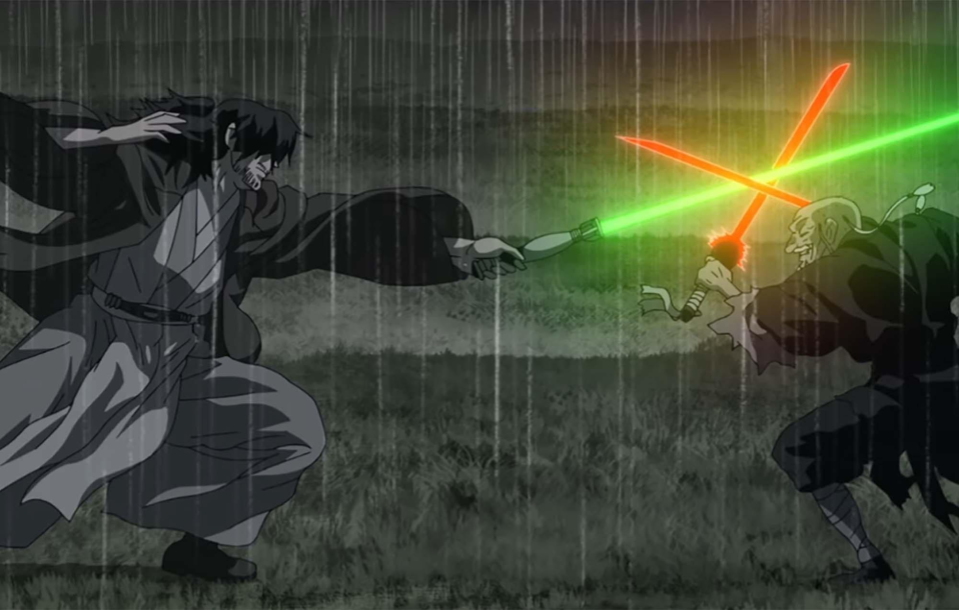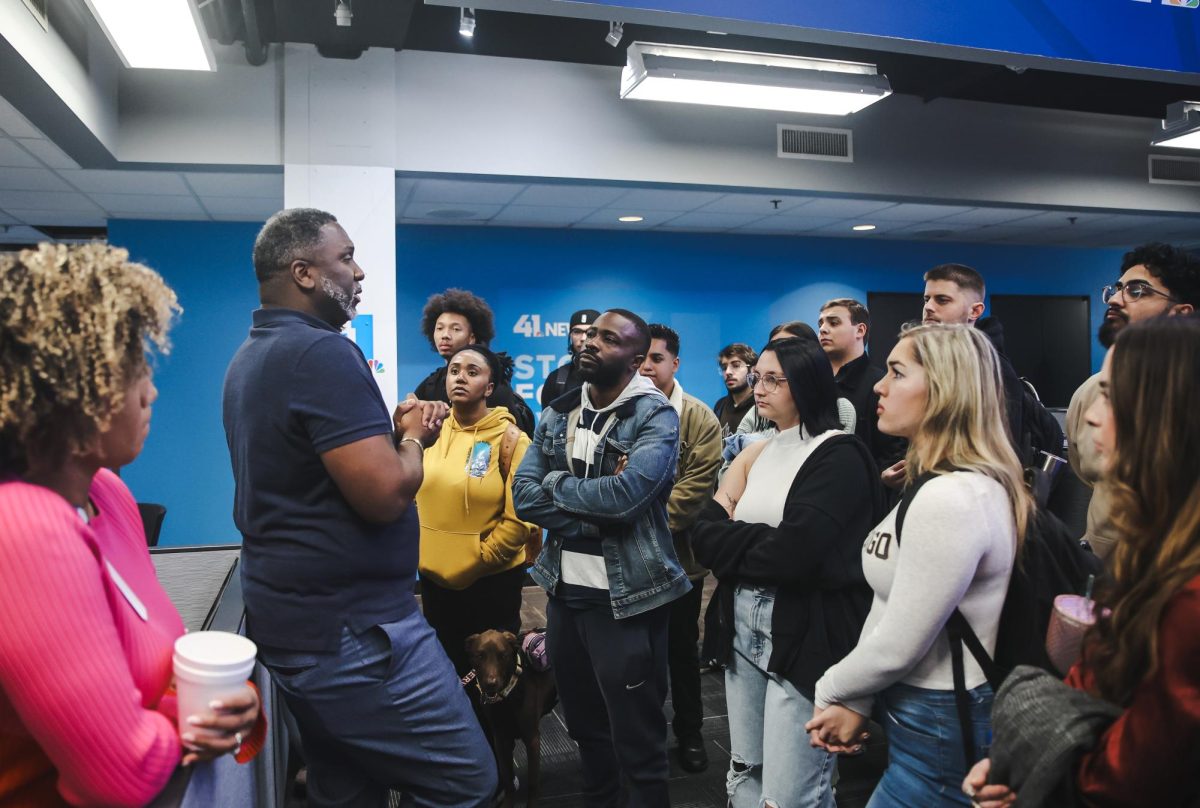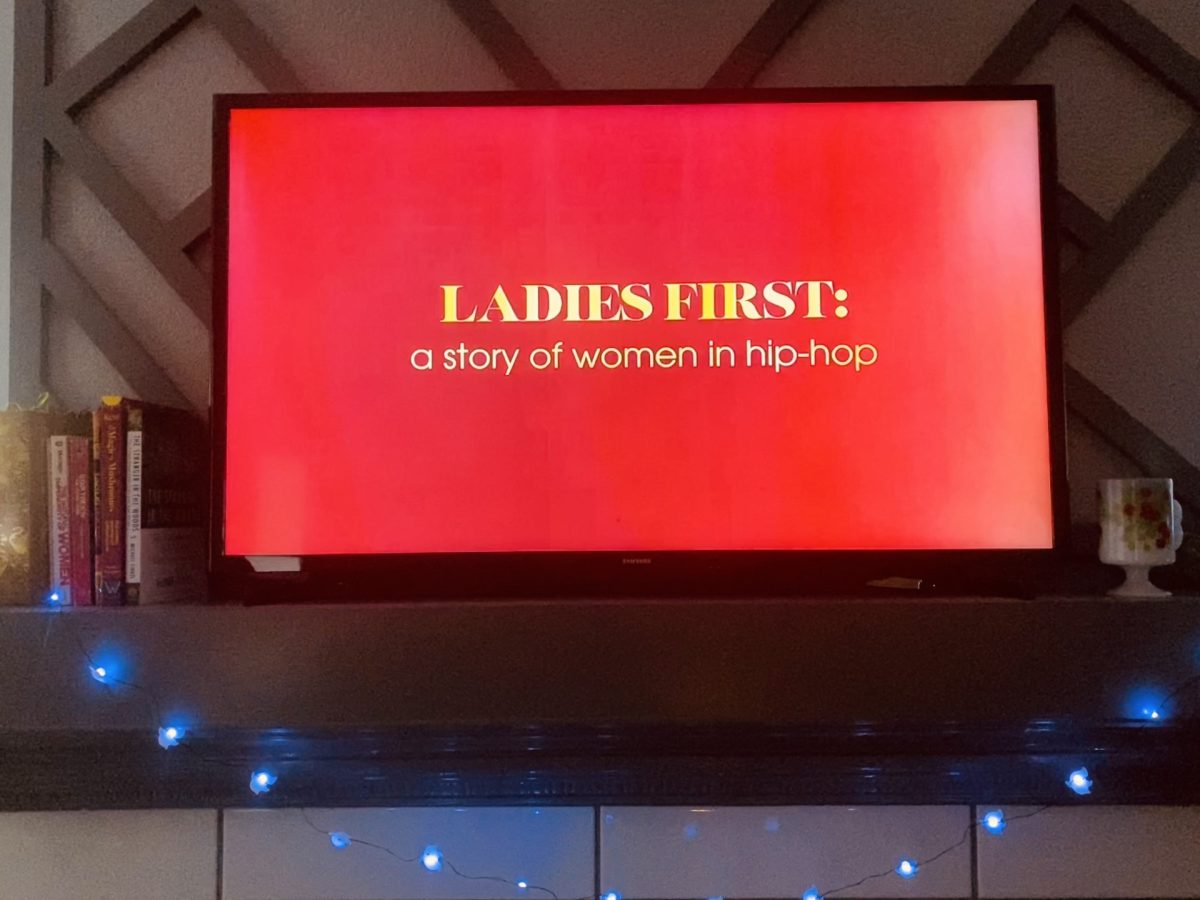“Star Wars: Visions” debuted as the franchise’s most unique and refreshing project so far. Assembling a team of seven different Japanese animation studios to create a collection of shorts proved to be a welcome change in “Star Wars” storytelling, even if some episodes ended up treading the same ground.
Nine shorts make up this anthology series, with episodes ranging from 13 minutes long to around 22 minutes. Disney approached several big studio names in the anime world, including Studio Trigger (“Darling in the Franxx”), Kamikaze Douga (Jojo’s Bizarre Adventure) and Production I.G (Ghost in the Shell).
When the project was first announced, many fans were excited at the prospect but wondered what this would mean for the “Star Wars” universe. Disney was quick to clarify that these episodes would not be a part of the traditional “Star Wars” canon timeline.
What is considered canon has been a big deal for the franchise. Prior to the release of Disney’s first “Star Wars” installment, “The Force Awakens,” Lucasfilm declared that any of the books, comics and video games that came out before 2014 were no longer considered a part of the timeline and fell into the “Legends” category.
Many of these stories often had contradictions with others, and Lucasfilm formed its story group to ensure there were no discrepancies between the various films, comics, books, shows and video games the company produced under the Disney banner. Everything had to fit neatly into the timeline.
Letting these new stories exist on their own allowed the studios to play with all the toys in the “Star Wars” sandbox without any of the restrictions, like having a droid use the Force in the adorable short “T0-B1.”
The creators of “Visions” experimented with any and all concepts they wanted to. “The Ninth Jedi,” my personal favorite, toys with a new idea on how lightsabers work. “The Elder” brings that familiar master and apprentice relationship fans know, while having some wise words on growing up.
“The Village Bride” focused on the nature side of the force. “Lop and Ocho” had its characters wrestle with how far they could let the Empire continue to strip their planet of its resources. Similar to another anime film “Princess Mononoke,” both stories had very pro-environmentalism messages in their views of the force that are only briefly touched on in the films. A fresh interpretation on familiar “Star Wars” concepts is this show’s strongest asset.
Many of the shorts had their own voice and style that brought something different to this galaxy. There were varying animation styles shown throughout that lent some breathtaking shots in each story.
“Star Wars” is known for its Japanese iconography. Creator George Lucas often cited Japanese filmmaker Akira Kurosawa’s films as inspiration when creating the movies. In “Visions,” lightsabers are shaped like katanas, and characters are wearing Japanese robes. This felt like “Star Wars” was making a return to its roots in the coolest way possible while still injecting new life into a nearly 45-year-old franchise.
While some stories used musical cues from John Williams’ soundtrack, others composed their own music. From the melodic chorus of “The Village Bride” to the somber repetition of drums from “Akakiri,” these new compositions helped usher in a new feel to the musical library of “Star Wars.”
This is an anthology series, and that means that some stories are naturally stronger than others. “The Twins” was my least favorite of the selection. It has a familiar over-the-top nature that some anime shows contain which did not translate well.
Although I was not completely enthralled by “The Twins,” other viewers were, and that’s another strong point of the show. If you want a heartwarming tale of a band’s rise to stardom, the rock opera “Tatooine Rhapsody” is for you. “The Duel” provides some stunning action reminiscent of an old samurai movie. There is something for everyone here.
cbskbf@umsystem.edu







